Home>Interior Design>What Can You Cook In A Rice Cooker? 7 Surprising Things You Didn’t Know
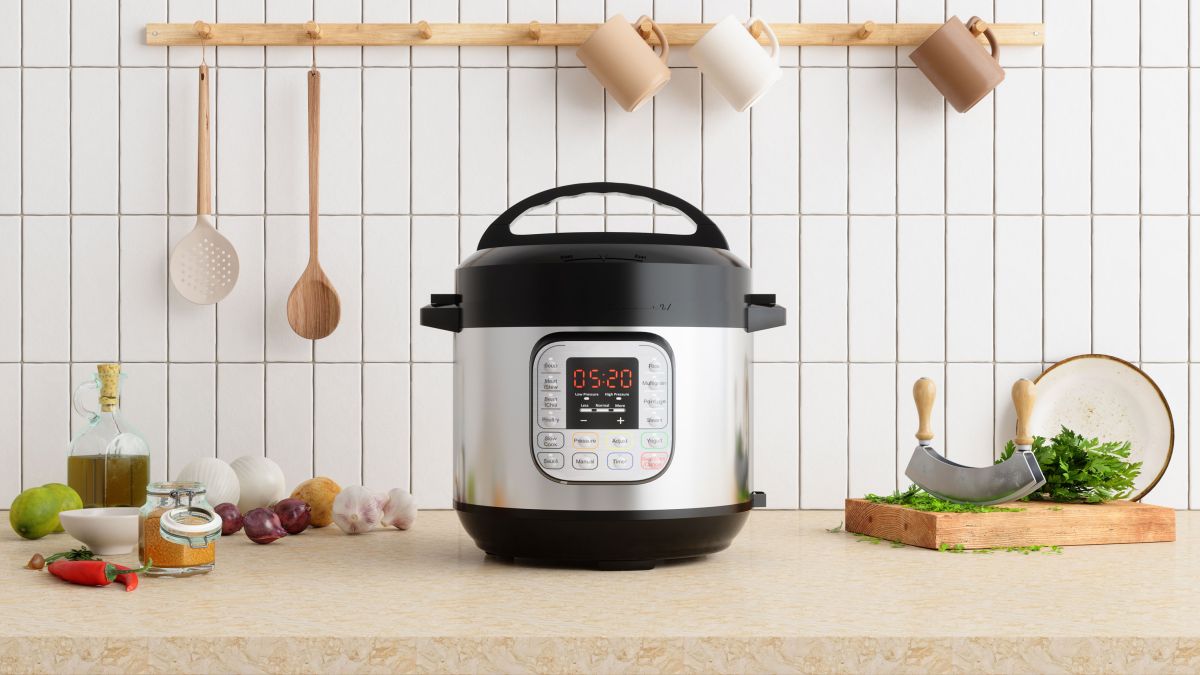

Interior Design
What Can You Cook In A Rice Cooker? 7 Surprising Things You Didn’t Know
Modified: August 27, 2024
Discover the unexpected versatility of a rice cooker with these 7 surprising recipes. From steamed dumplings to chocolate lava cake, explore new culinary possibilities.
(Many of the links in this article redirect to a specific reviewed product. Your purchase of these products through affiliate links helps to generate commission for Storables.com, at no extra cost. Learn more)
Introduction
When you think of a rice cooker, the first thing that comes to mind is perfectly cooked fluffy rice. But did you know that you can do so much more with this kitchen appliance? Rice cookers are incredibly versatile and can be used to prepare a wide range of dishes beyond just rice. In this article, we will uncover seven surprising things that you can cook in a rice cooker.
These innovative uses of a rice cooker will not only save you time and effort in the kitchen, but they will also open up a world of culinary possibilities. So, if you’re ready to explore the true potential of your rice cooker, keep reading!
Key Takeaways:
- Unleash the potential of your rice cooker by steaming vegetables, making soups, cooking pasta, baking cakes, preparing oatmeal, steaming seafood, and even making yogurt. Embrace convenience and healthier cooking methods with this versatile kitchen appliance.
- Elevate your culinary game with your rice cooker as it transforms into a multi-functional tool, saving time and effort while expanding your cooking horizons. From savory soups to sweet treats, your rice cooker is the key to a world of delicious possibilities.
Read more: Surprising Things You Can Clean With Vodka
Steaming Vegetables
Steaming vegetables is a healthy and flavorful way to enjoy your greens, and a rice cooker is a convenient tool to accomplish that. Simply chop your favorite vegetables into bite-sized pieces, add a small amount of water to the rice cooker, and place the vegetables in the steamer basket. Close the lid and turn on the cooker. In a matter of minutes, you will have perfectly steamed vegetables ready to be enjoyed as a side dish or incorporated into other recipes.
The beauty of using a rice cooker for steaming vegetables is that it retains the nutrients and natural flavors of the vegetables without the need for excessive oil or butter. This cooking method also preserves the vibrant colors and crisp textures of the vegetables, making them visually appealing and delicious.
Not only can you steam vegetables individually, but you can also create flavorful medleys by combining different types of vegetables. For example, you can steam a mix of broccoli, carrots, and snap peas for a colorful and nutritious side dish.
Experiment with different seasonings and spices to elevate the flavor of your steamed vegetables. You can add a dash of soy sauce, sprinkle some garlic powder, or drizzle with a light vinaigrette dressing. The possibilities are endless!
Steamed vegetables can be enjoyed on their own, added to salads, stirred into stir-fries, or even used as a topping for pizzas and sandwiches. With a rice cooker, you can effortlessly incorporate more vegetables into your daily meals and embrace a healthier lifestyle.
Making Soups and Stews
In addition to cooking rice, a rice cooker can be a handy tool for making delicious soups and stews. The consistent heat and controlled cooking environment of a rice cooker allow you to simmer and cook your favorite soup or stew recipes without the need for constant stirring or monitoring.
To make a soup or stew in a rice cooker, start by sautéing your aromatics such as onions, garlic, and spices in the rice cooker using the sauté function, if available. Once they are fragrant and lightly browned, add your choice of meat or vegetables, along with any broth or liquid base. Close the lid and switch the rice cooker to the “soup” or “stew” mode.
Depending on the recipe and the ingredients you are using, the cooking time may vary. However, most rice cookers have a timer or a keep-warm function, which allows you to cook your soup or stew until it reaches the desired consistency and then keeps it warm until you are ready to serve.
Not only does using a rice cooker for soups and stews save you time and effort, but it also ensures even cooking and a well-developed flavor profile. The slow and steady cooking process in a rice cooker allows the ingredients to meld together and infuse the broth with rich flavors.
From classic chicken noodle soup and hearty beef stew to creamy tomato bisque and lentil soup, the possibilities are endless. You can experiment with different ingredients, spices, and flavors to tailor the soup or stew to your taste preferences.
With a rice cooker, you can have a warm and comforting bowl of soup or stew waiting for you at the end of a long day. It’s a convenient and fuss-free way to enjoy homemade soups that are bursting with flavor.
Cooking Pasta
Believe it or not, you can use your rice cooker to cook pasta, making it a versatile tool for all your carb-craving needs. Whether you’re in the mood for spaghetti, penne, or macaroni, your rice cooker can handle it.
To cook pasta in a rice cooker, start by adding water and a pinch of salt to the cooking pot. The general rule is to use about 2 cups of water for every 1 cup of pasta. Turn on the rice cooker and bring the water to a boil. Once the water is boiling, add the pasta and stir it to prevent sticking. Close the lid and let the pasta cook for the recommended cooking time, usually around 8-10 minutes depending on the type of pasta.
Using a rice cooker for pasta has the advantage of being a one-pot cooking method. There’s no need to use a separate pot for boiling water and dirtying additional dishes. Plus, the rice cooker’s automatic temperature control ensures that the pasta is cooked evenly without the risk of overcooking or undercooking.
After the pasta is cooked, drain any excess water and serve it with your favorite sauce or toppings. From classic marinara sauce with meatballs to creamy Alfredo sauce with chicken, the possibilities for pasta creations are endless. You can also toss the cooked pasta with olive oil, garlic, and fresh herbs for a simple yet flavorful dish.
Not only can you cook traditional pasta shapes in a rice cooker, but you can also experiment with alternative options such as whole wheat pasta, gluten-free pasta, or even rice-based pasta. It’s a convenient way to cater to different dietary preferences and needs.
So, the next time you’re craving a comforting bowl of pasta, reach for your trusty rice cooker. You’ll be amazed at how effortlessly it can whip up a satisfying and delicious pasta dish.
Baking Cakes and Bread
Did you know that your rice cooker can double as a mini oven for baking cakes and bread? That’s right – you don’t need a traditional oven to indulge in homemade baked goods. With a few simple adjustments, you can turn your rice cooker into a versatile baking tool.
To bake cakes or bread in a rice cooker, you’ll need a separate cake pan or bread pan that fits inside the rice cooker. First, prepare your cake or bread batter as you normally would, following your favorite recipe. Grease the cake or bread pan and pour in the batter.
Next, fill the rice cooker with enough water to create steam. Place the cake or bread pan inside the rice cooker, ensuring that it is elevated from the bottom of the pot. Close the lid and turn on the rice cooker to the “cook” or “bake” setting.
Using a rice cooker for baking works because the steam generated by the water creates a moist environment, similar to a traditional oven. The even heat distribution within the rice cooker ensures that your cakes and breads cook through evenly and develop a golden crust.
Keep an eye on the baking process and check for doneness by inserting a toothpick into the center of the cake or bread. If it comes out clean, your baked goods are ready! Remove them from the rice cooker and let them cool before serving.
From fluffy sponge cakes and moist banana bread to crusty artisan loaves and tender cinnamon rolls, the possibilities for baking in a rice cooker are endless. You can experiment with different flavors, fillings, and toppings to create a wide variety of sweet and savory treats.
Using a rice cooker for baking is especially convenient if you have limited oven space or want to avoid heating up the kitchen during the hot summer months. It’s also a great option for those who live in small apartments or dorms without access to a traditional oven.
So, why not put your rice cooker to good use and venture into the world of baking? You’ll be amazed at the delicious creations you can whip up with this unexpected kitchen hack.
You can use a rice cooker to make more than just rice. Try cooking quinoa, oatmeal, steaming vegetables, making soups, cooking pasta, preparing steamed fish, and even baking a cake. Just adjust the water and cooking times accordingly.
Read more: How Do You Know When A Rice Cooker Is Done
Preparing Oatmeal and Porridge
A warm and comforting bowl of oatmeal or porridge is a popular breakfast choice for many. With a rice cooker, you can easily prepare a delicious and nutritious bowl to kickstart your day.
To prepare oatmeal or porridge in a rice cooker, start by adding your desired amount of oats or grains to the cooking pot. For oatmeal, the general ratio is 1 part oats to 2 parts water or milk. You can also add a pinch of salt and any additional ingredients such as cinnamon, nuts, or dried fruits for extra flavor.
Once you have added your ingredients, close the lid and turn on the rice cooker. Depending on the settings of your rice cooker, you may need to choose the “porridge” or “grain” mode. Allow the oatmeal or porridge to cook for the designated time, typically around 20-30 minutes.
Using a rice cooker to prepare oatmeal or porridge ensures even cooking and eliminates the need for constant stirring. You can walk away and attend to other morning tasks while your breakfast cooks to perfection.
After the cooking time is complete, give the oatmeal or porridge a gentle stir and let it sit for a few minutes to thicken. You can adjust the consistency by adding more liquid if desired. Serve the warm oatmeal or porridge in bowls and garnish with your favorite toppings such as fresh fruits, honey, or nuts.
Not only can you make traditional oatmeal or porridge with oats, but you can also experiment with different grains such as quinoa, barley, or amaranth. Each grain brings its own unique texture and flavor to the dish, making your breakfasts more exciting.
Preparing oatmeal or porridge in a rice cooker is not only convenient, but it also allows for easy customization to suit your taste preferences. Whether you like it creamy and indulgent or light and hearty, a rice cooker gives you the flexibility to adjust the ratios and ingredients to achieve your desired consistency and flavor.
Start your day off right with a warm bowl of perfectly cooked oatmeal or porridge, thanks to your trusty rice cooker.
Steaming Fish and Seafood
If you’re a fan of healthy and delicious seafood, you’ll be delighted to know that a rice cooker can be your go-to appliance for steaming fish and other types of seafood. Steaming preserves the natural flavors and nutrients of the seafood while ensuring a moist and tender texture.
To steam fish or seafood in a rice cooker, start by preparing your seafood of choice. Season it with your preferred herbs, spices, and a squeeze of lemon or lime juice for added freshness. Place the seafood on a heatproof plate or in a steamer basket that fits inside the rice cooker. Add a small amount of water to the rice cooker, usually about half an inch, to create steam.
Close the lid of the rice cooker and switch it on. The cooking time will vary depending on the thickness and type of seafood you’re using. As a general rule, most seafood will be cooked within 10-15 minutes. Keep an eye on it and test for doneness by checking if the flesh flakes easily with a fork.
The beauty of steaming seafood in a rice cooker is that it allows for gentle and even cooking. The steam envelops the seafood, cooking it from all sides, resulting in moist and succulent dishes. Plus, you can infuse extra flavors by adding aromatics such as ginger, garlic, or herbs to the water before steaming.
Steamed fish and seafood are incredibly versatile and can be enjoyed on their own or paired with various side dishes. Serve the steamed fish with a squeeze of citrus, a drizzle of soy sauce, or a tangy salsa for a burst of flavor. You can also incorporate the steamed seafood into salads, stir-fries, or pasta dishes.
Steaming fish and seafood in a rice cooker is not only convenient but also a healthier cooking method. It eliminates the need for oil or fat, allowing you to enjoy the natural taste of the seafood without added calories or unnecessary ingredients.
So go ahead and indulge in a seafood feast using your trusty rice cooker. You’ll be amazed at how effortlessly it can create perfectly steamed fish and seafood that will impress your taste buds.
Making Yogurt
If you’re a fan of creamy and tangy yogurt, you’ll be delighted to learn that you can make your own homemade yogurt using a rice cooker. Making yogurt at home not only allows you to control the ingredients but also saves you money compared to store-bought options.
To make yogurt in a rice cooker, you’ll need a few basic ingredients: milk and a yogurt starter. Start by pouring the desired amount of milk into the rice cooker pot. The amount of milk will depend on your preference and the capacity of your rice cooker. Close the lid of the rice cooker and turn it on to the “keep warm” or “yogurt” setting.
Heat the milk in the rice cooker until it reaches a temperature of around 180°F (82°C). This helps to kill any harmful bacteria present in the milk. Once the milk reaches the desired temperature, let it cool down to approximately 110°F (43°C).
Once the milk has cooled, add the yogurt starter. This can be a commercially available plain yogurt or a small amount of yogurt from your previous batch. Mix the starter into the warm milk, ensuring it is well incorporated.
Close the lid of the rice cooker again and wrap the entire cooker with a towel or blanket to maintain a warm temperature. Let the yogurt incubate in the rice cooker for about 6-8 hours or overnight. The longer you let it incubate, the tangier and thicker the yogurt will become.
After the incubation period, remove the pot from the rice cooker and refrigerate the yogurt for a few hours to allow it to set completely. Once chilled, you can enjoy your homemade yogurt as is or add your favorite toppings, such as fresh fruits, granola, or honey.
Making yogurt in a rice cooker is not only cost-effective but also allows you to customize the flavor and consistency to suit your taste preferences. You can experiment with different types of milk, such as whole milk or plant-based alternatives, and adjust the incubation time to achieve your desired thickness and tartness.
By making yogurt at home using a rice cooker, you have full control over the ingredients, ensuring a healthier and tastier yogurt without any additives or preservatives.
So, grab your rice cooker and embark on the journey of making your very own creamy and delicious yogurt in the comfort of your kitchen.
Conclusion
In conclusion, your rice cooker is not just a one-trick pony for cooking rice. It is an incredibly versatile kitchen appliance that can be used to prepare a variety of dishes beyond your expectations. By exploring the surprising capabilities of your rice cooker, you can expand your culinary horizons and create delicious meals with ease.
From steaming vegetables and making soups and stews to cooking pasta, baking cakes and bread, preparing oatmeal and porridge, steaming fish and seafood, and even making yogurt, the possibilities are truly endless. Your rice cooker can be your secret weapon in the kitchen, saving you time, effort, and the need for multiple appliances.
Not only do these innovative uses of a rice cooker offer convenience, but they also allow you to embrace healthier cooking methods. Steaming vegetables and seafood retains their nutrients and natural flavors, while using a rice cooker for baking eliminates the need for excessive fats or oils.
So, don’t limit your rice cooker to just cooking rice. Let your creativity soar and experiment with these surprising cooking techniques. Your taste buds will thank you as you create a range of flavorful and nutritious dishes in the comfort of your home.
Now that you have unlocked the hidden potential of your rice cooker, it’s time to dust it off and embark on your culinary adventures. Get ready to impress your family and friends with your newfound knowledge and the delicious meals you can create with this versatile kitchen appliance.
So go ahead, get cooking, and enjoy the wonders of your multipurpose rice cooker!
Frequently Asked Questions about What Can You Cook In A Rice Cooker? 7 Surprising Things You Didn't Know
Was this page helpful?
At Storables.com, we guarantee accurate and reliable information. Our content, validated by Expert Board Contributors, is crafted following stringent Editorial Policies. We're committed to providing you with well-researched, expert-backed insights for all your informational needs.
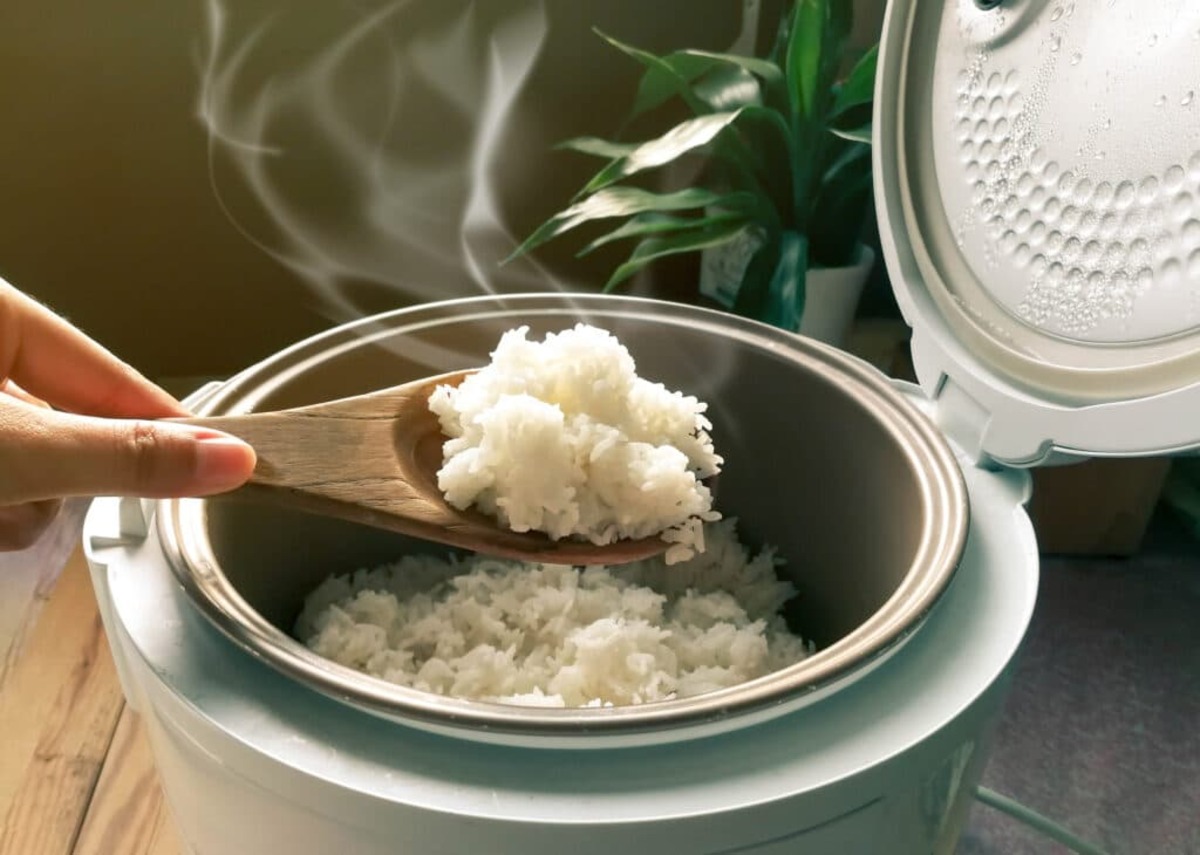
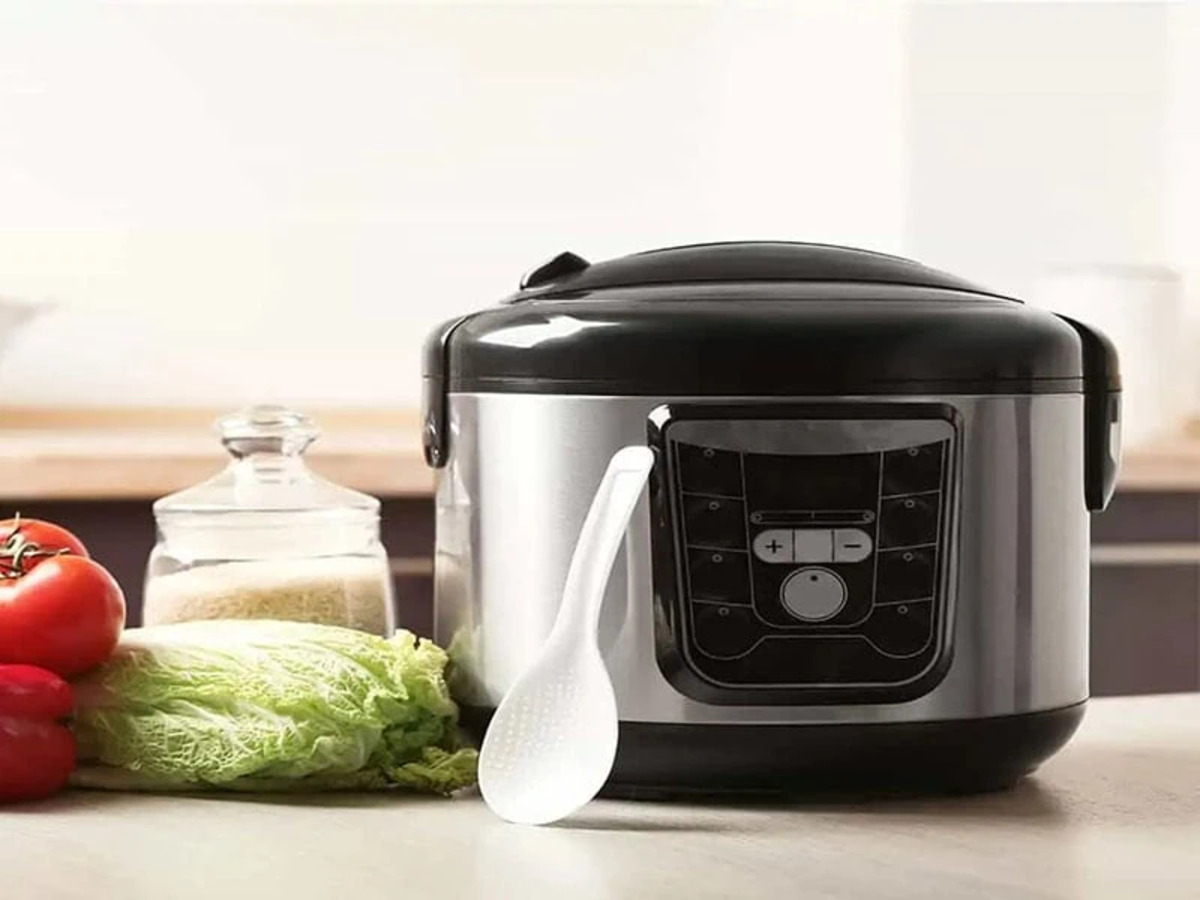
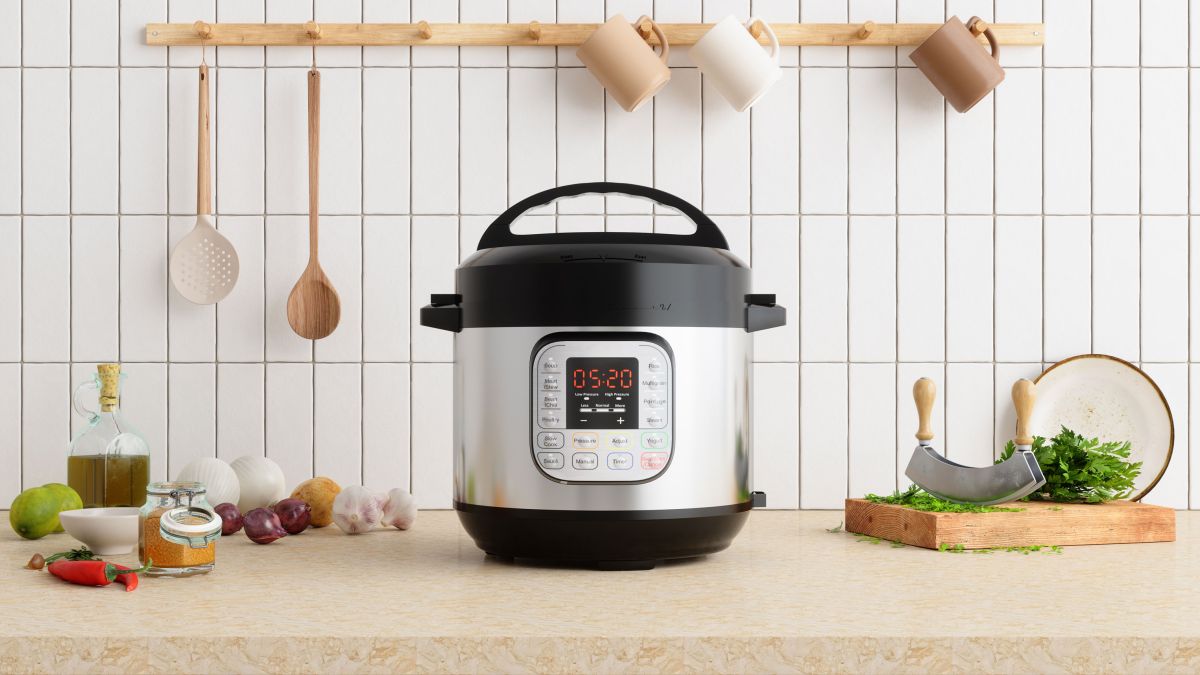




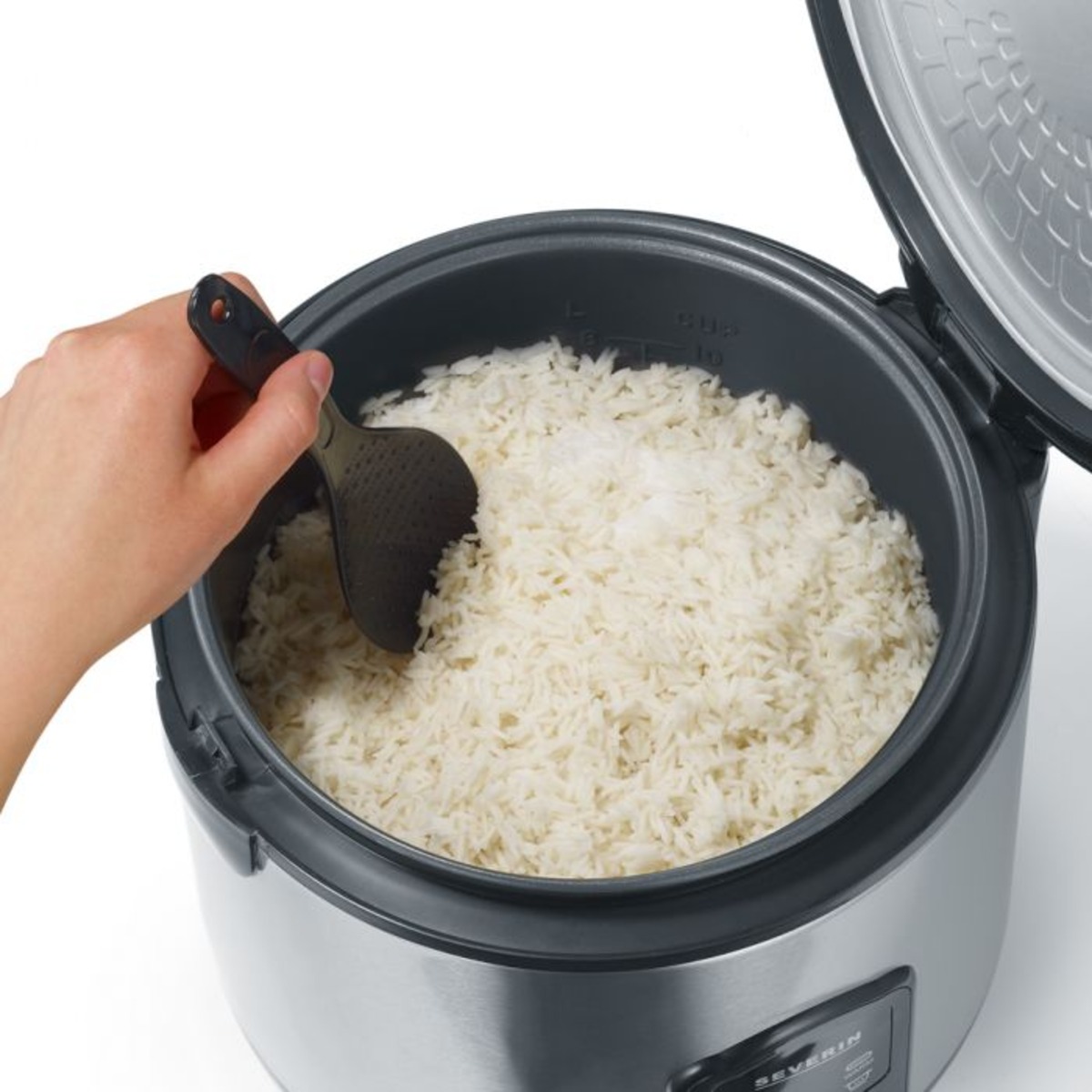

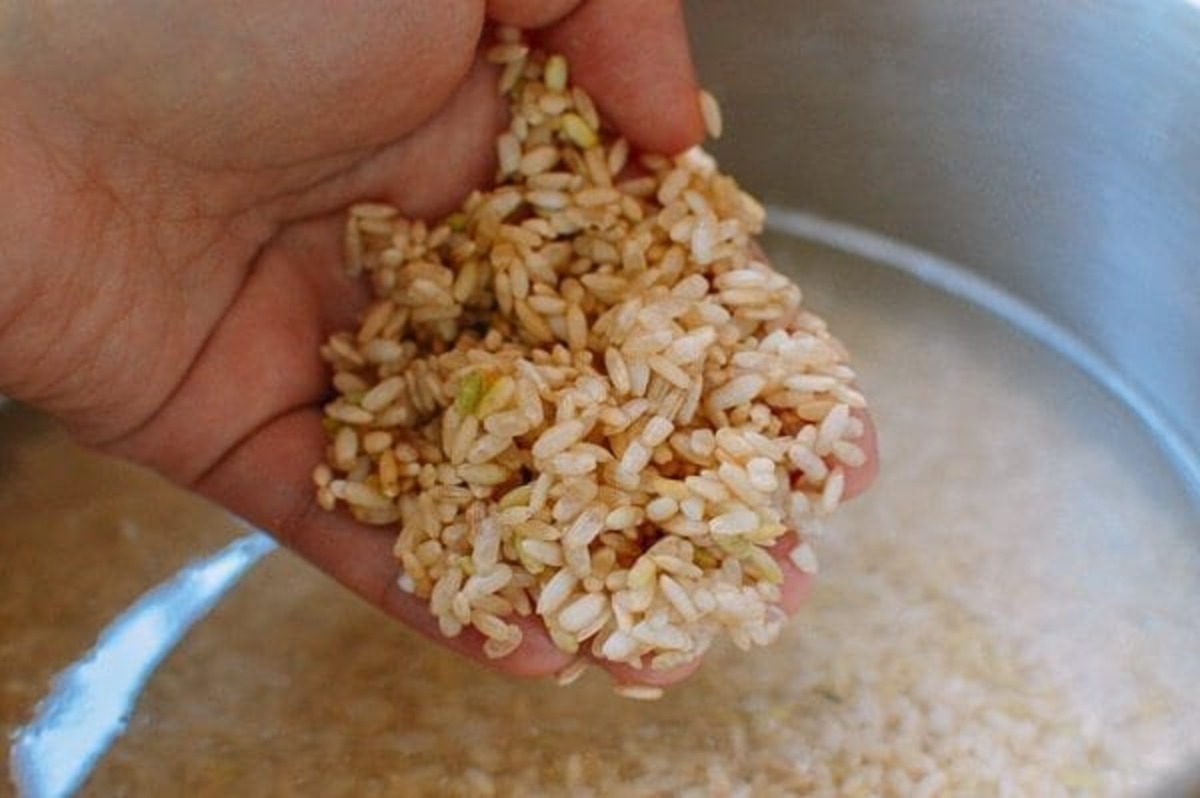
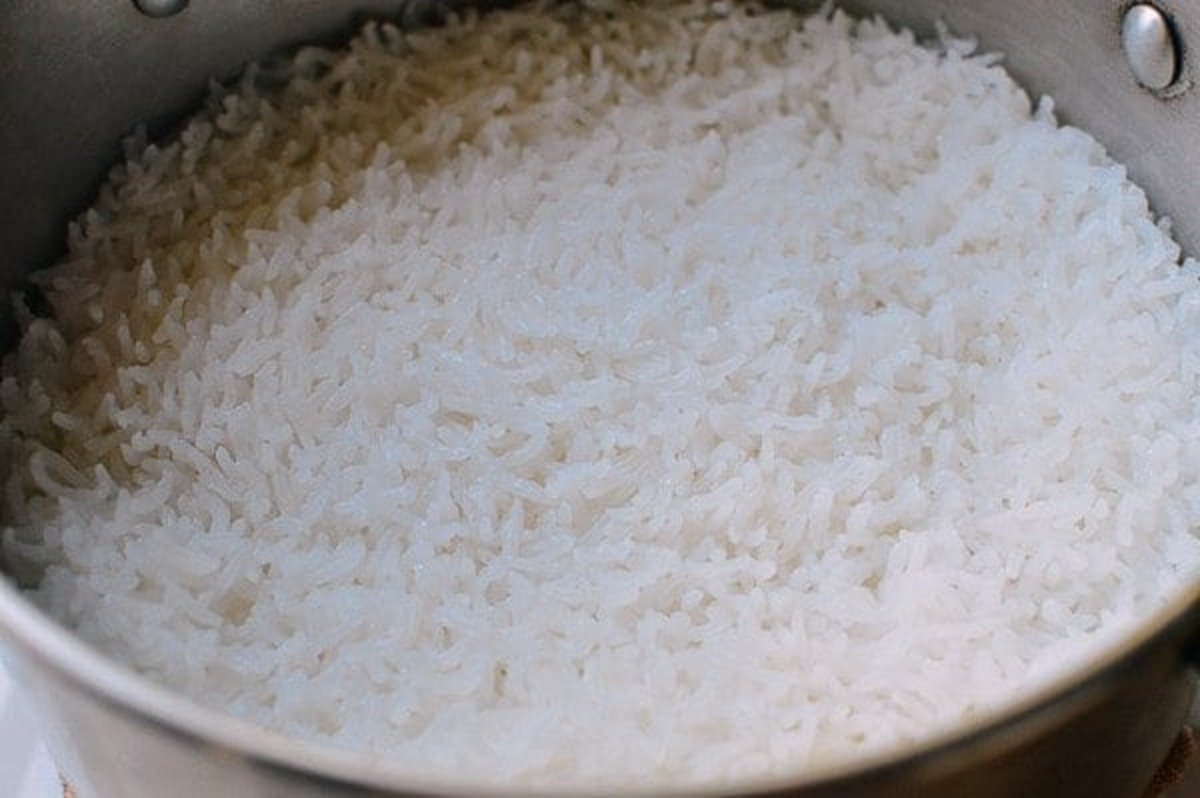

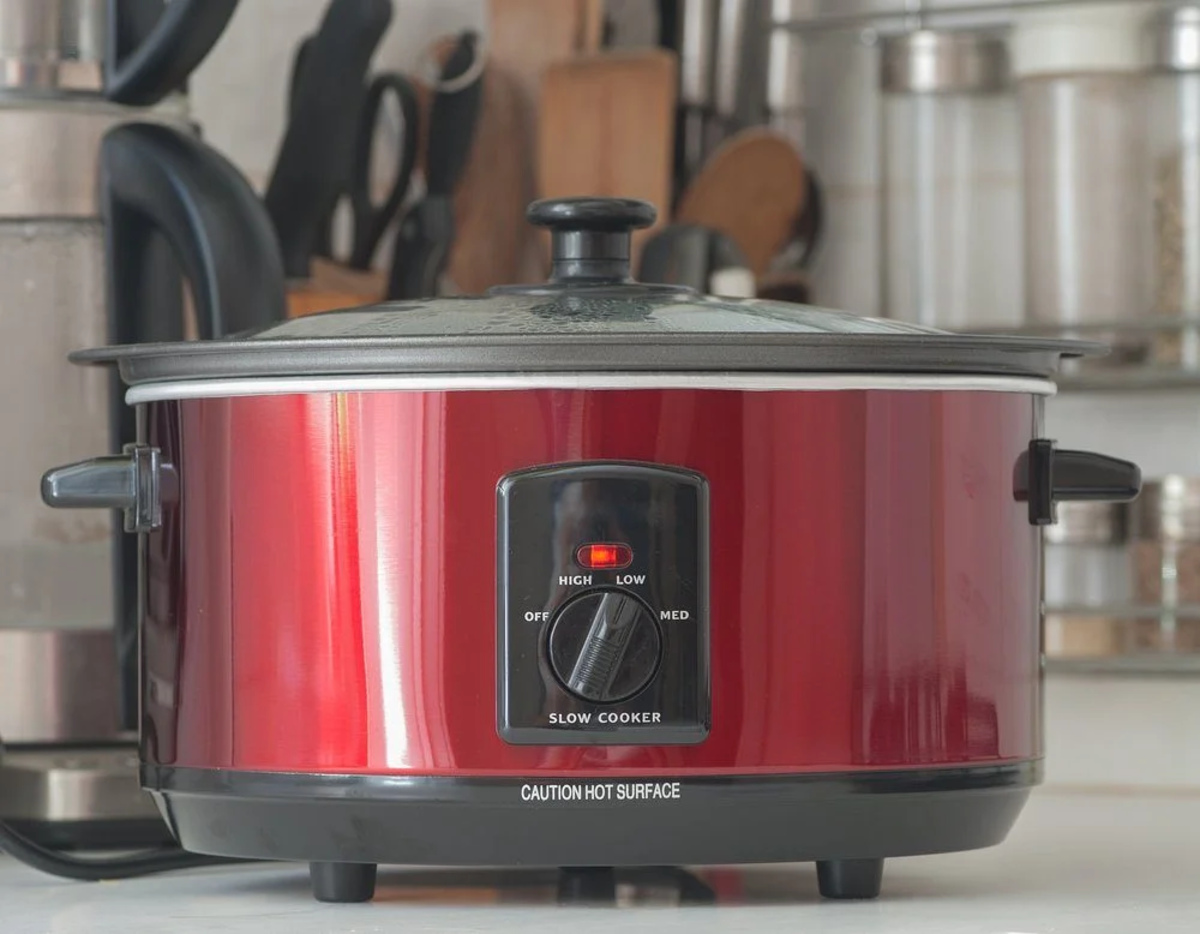
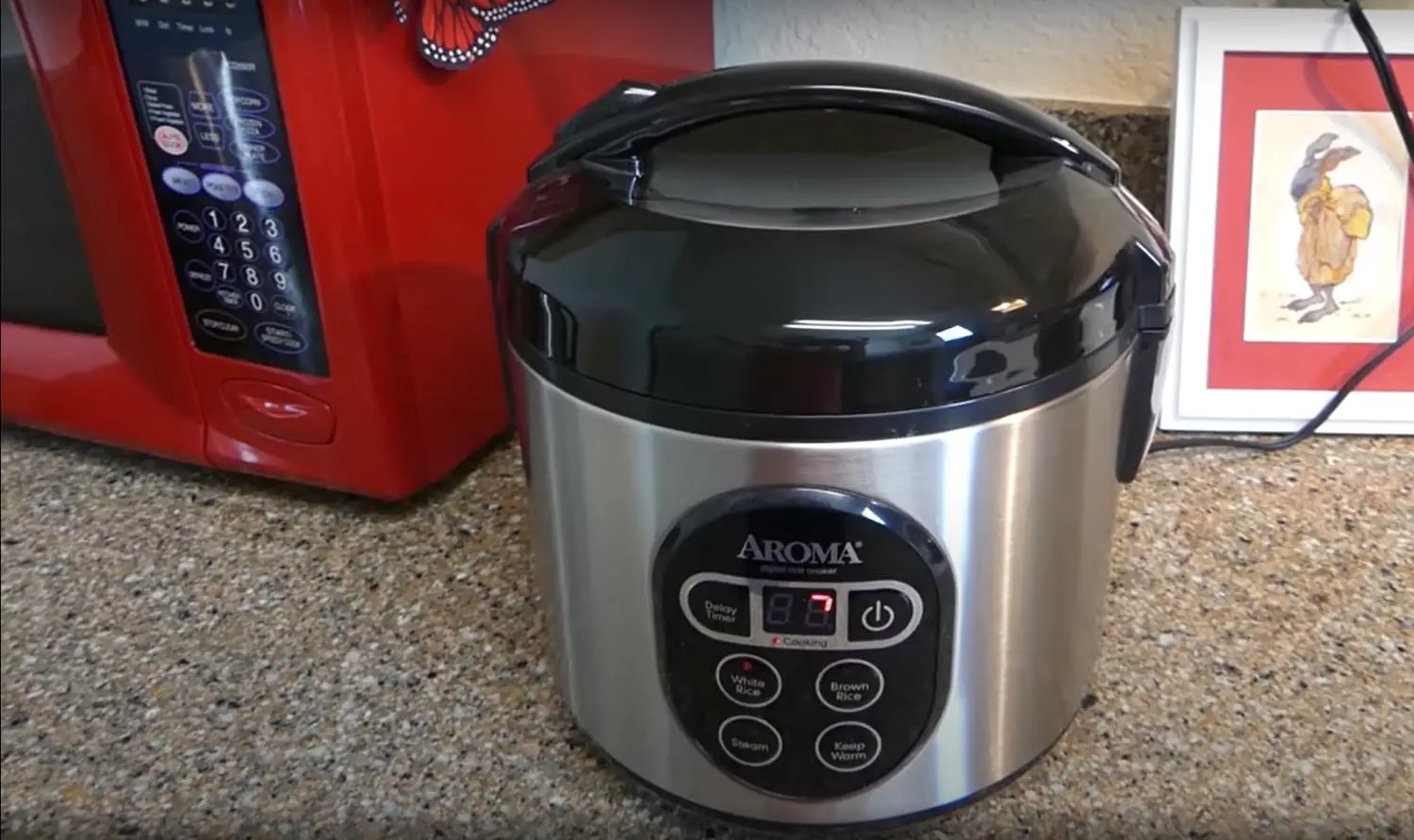

0 thoughts on “What Can You Cook In A Rice Cooker? 7 Surprising Things You Didn’t Know”